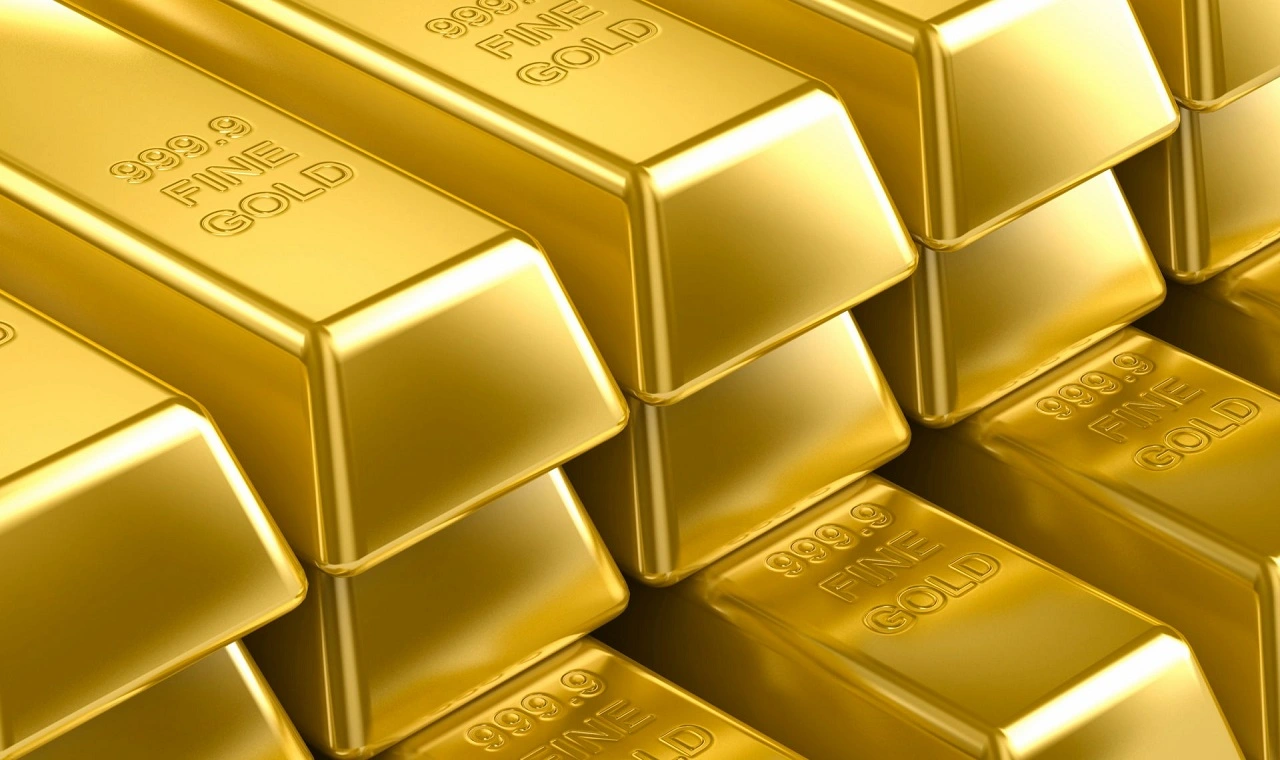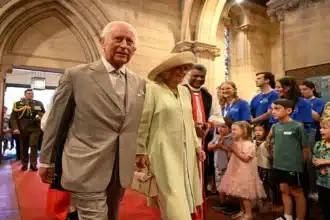Gold prices have soared to new record highs, with spot gold reaching approximately $2,142 per ounce as of 09:35 a.m. EST on Wednesday. This marks a significant increase of 7.96 percent from its low on February 14th, surpassing the previous historical high of $2,141.59 hit just a day earlier. This consistent upward trajectory has been observed for five consecutive days, fueled by the growing expectation among traders that the U.S. Federal Reserve may soon start reducing interest rates.
Experts attribute this surge in gold prices to the anticipation of a closer-than-expected rate cut by the Fed. Bart Melek, Head of Commodity Strategies at TD Securities, stated, “The big reason here is that we’re seeing the market increasingly believing that a Fed rate cut is nearer rather than further away.” Melek also predicts that gold could potentially climb over $2,300 in the second quarter, provided the market becomes more convinced of the impending rate cuts.
Nitesh Shah, Commodity Strategist at WisdomTree, highlighted the impact of geopolitical risks and upcoming global elections on the strength in gold demand. Although Shah suggests gold might lose some of its recent gains if the Fed downplays the likelihood of immediate rate cuts, he expects a significant rally once rate reductions appear imminent.
Despite this bullish outlook, the Federal Reserve, in its January meeting, decided to leave its benchmark interest rates unchanged. Fed Chair Jerome Powell expressed that a rate cut in the March meeting is unlikely, emphasizing the need for greater confidence in achieving a sustainable move towards the 2 percent inflation target. With inflation at 3.1 percent in January 2024, well above the target, and with the Fed having raised interest rates 11 times since March 2022 to a two-decade high of 5.25 percent, the market remains cautious.
Also Read- The Long Journey Towards an HIV Vaccine: Progress and Challenges
Powell’s recent remarks to the House Financial Services Committee hinted at possible rate cuts later in the year, which has only added to the speculation and excitement in the gold market. Current expectations, as per the CME FedWatch tool, show a slim 3 percent chance of a rate cut in March, with a majority of traders, 57.1 percent, anticipating a 25 basis point cut in June.
The spike in gold prices is not solely attributed to Fed rate expectations. Factors such as geopolitical tensions, fluctuations in the U.S. dollar, and central bank gold buying also play crucial roles. The World Gold Council reports that central banks bought 1,037 tons of gold last year, continuing a trend that significantly influences gold prices. Kar Yong Ang, a financial market analyst, expects central bank purchases to be a main driver of gold prices this year, potentially pushing prices to $2,500 an ounce by 2025.
Also Read- Caitlin Clark’s Historic Performance Draws Record Viewership for Women’s College Basketball
Inflationary pressures also continue to be a key factor affecting gold prices, with traditional negative correlation between gold prices and inflation rates influencing the market’s dynamics. Goldman Sachs has predicted a 6 percent rise in gold prices over the next 12 months, reaching $2,175 an ounce, while Ole Hansen of Saxo investment bank notes a strong underlying physical demand from central banks and retail buyers in Asia, along with geopolitical tensions, as key to bolstering gold’s appeal.
As the market navigates through these uncertain times, the allure of gold continues to strengthen, reflecting the complexities of global financial and geopolitical landscapes.




